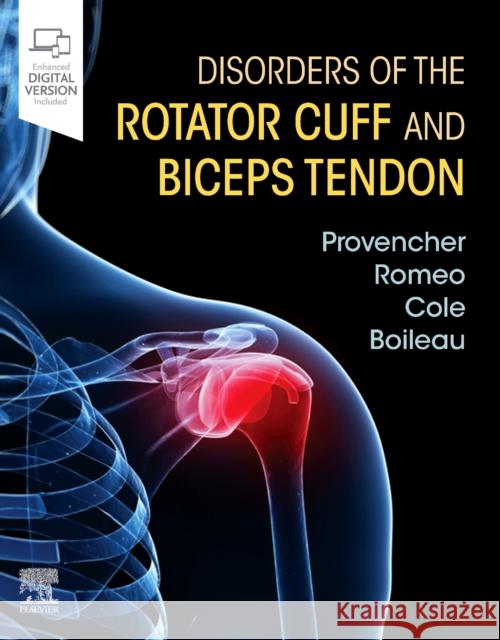Disorders of the Rotator Cuff and Biceps Tendon: The Surgeon's Guide to Comprehensive Management » książka
topmenu
Disorders of the Rotator Cuff and Biceps Tendon: The Surgeon's Guide to Comprehensive Management
ISBN-13: 9780323287845 / Angielski / Twarda / 2019 / 624 str.
Disorders of the Rotator Cuff and Biceps Tendon: The Surgeon's Guide to Comprehensive Management
ISBN-13: 9780323287845 / Angielski / Twarda / 2019 / 624 str.
cena 1085,03
(netto: 1033,36 VAT: 5%)
Najniższa cena z 30 dni: 1071,75
(netto: 1033,36 VAT: 5%)
Najniższa cena z 30 dni: 1071,75
Termin realizacji zamówienia:
ok. 30 dni roboczych
Dostawa w 2026 r.
ok. 30 dni roboczych
Dostawa w 2026 r.
Darmowa dostawa!
Kategorie BISAC:
Wydawca:
Elsevier
Język:
Angielski
ISBN-13:
9780323287845
Rok wydania:
2019
Ilość stron:
624
Waga:
2.12 kg
Wymiary:
28.19 x 22.1 x 3.05
Oprawa:
Twarda
Wolumenów:
01
Dodatkowe informacje:
Wydanie ilustrowane











